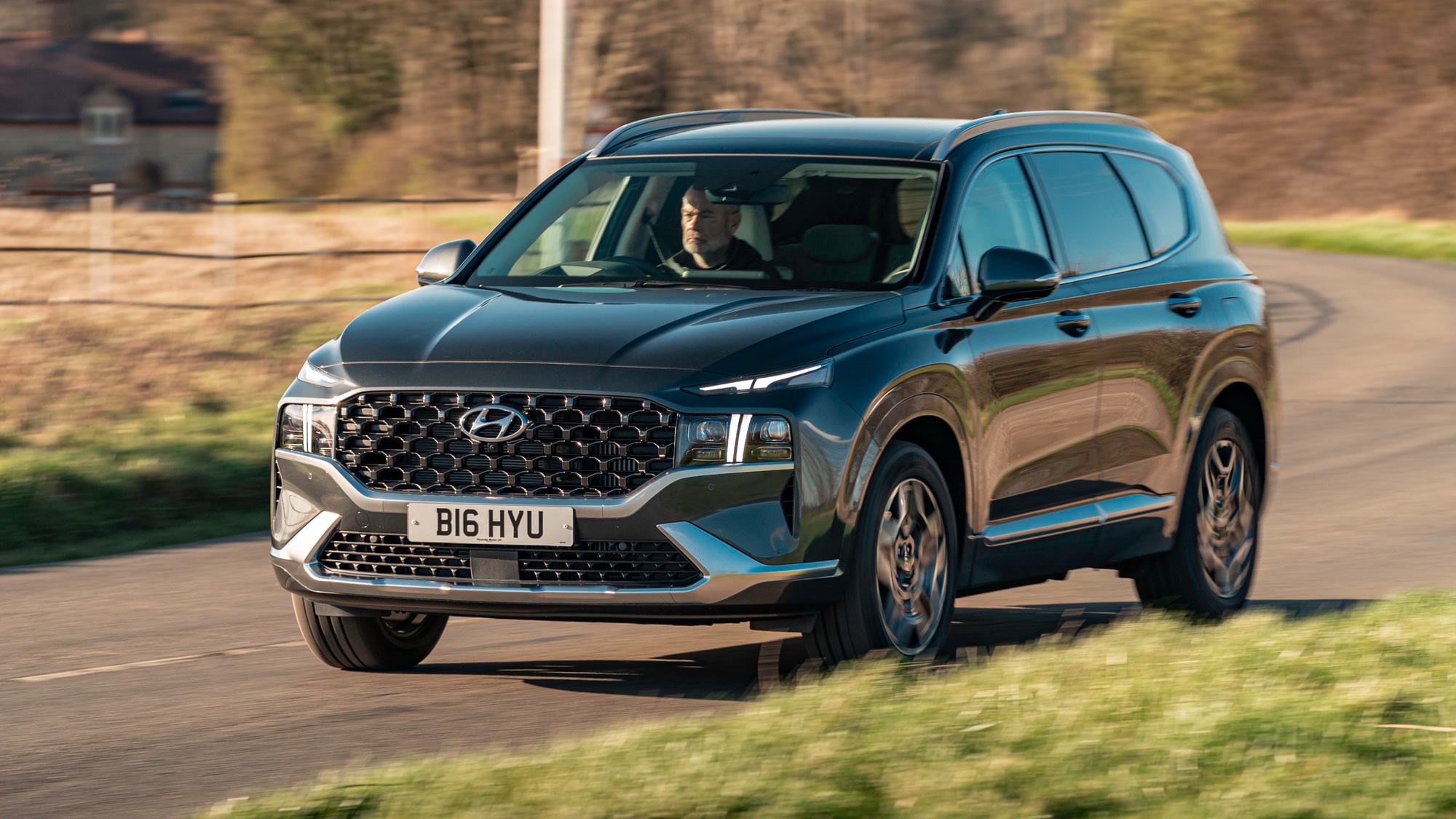Introduction
It’s no secret that ride sharing is on the rise. You see it every day, from your Uber driver picking you up from the airport to a Lyft driver dropping you off at work. But did you know that ride sharing can help reduce climate change? Let’s dive into why this is such an important topic, and what we can do about it.
Ride Sharing Reduces the Number of Car Sales
It’s simple math: fewer cars on the road means less congestion. Ride sharing reduces the number of car sales, which then reduces accidents and parking spaces needed for those cars. It also means fewer cars on the road, which makes it easier to get around in an urban environment where space is limited and traffic is already congested enough without adding more vehicles into the mix.
Ride Sharing Helps People Save Money
Ride sharing can save you money in a number of ways. For starters, it’s cheaper than owning and maintaining a car. The average annual cost of owning and operating a vehicle was $8,764 in 2017 according to AAA–and that’s before factoring in things like gas, insurance and maintenance.
If you’re not ready to give up your wheels entirely but still want the benefits of ride sharing (like not having to pay for parking or speeding tickets), there are other ways to save money when using services like Lyft or Uber X:
- Signing up for multiple ridesharing apps at once will help get you better rates on rides by increasing competition among drivers who work with each company;
- Not everyone uses their own car when they drive for Lyft or Uber X; some people actually lease vehicles specifically designed for transporting passengers around town (they’re called “rideshare vehicles”). These cars tend to be less expensive than regular ones because their owners only use them part-time as opposed to full-time–and since these vehicles don’t get driven very often anyway (if ever), they often require less maintenance than traditional cars do!
Ride Sharing is Eco-Friendly
Ride sharing is a great way to reduce the number of cars on the road, which means less pollution and fewer greenhouse gas emissions. The more people who use ride sharing services, the fewer cars will be needed. This means that fewer people will need to buy cars and there will be less traffic congestion in cities.
Ride sharing also reduces carbon dioxide (CO2) emissions because each car that’s not on the road means fewer CO2 emissions from vehicles!
Ride Sharing Improves Our Health
Ridesharing is good for your health. It reduces the number of cars on the road, which means less air pollution and noise pollution. It also encourages people to use public transportation, which can help them get more exercise while they’re getting where they need to go. Finally, it means less traffic congestion because people are sharing rides instead of driving their own vehicles. All in all, there are many reasons why ride sharing is key to transportation and climate change–and these are just some of them!
Ride Sharing Lowers Our Carbon Footprint
Ride sharing is the most effective way to reduce our carbon footprint. Here’s why:
- Ride sharing reduces the number of vehicles on the road. Instead of driving alone or with just one other person, you can share your ride with other people who need to go in the same direction as you do. This means less cars on the road and fewer miles driven overall.
- Ride sharing reduces fuel use by reducing miles driven and taking advantage of economies of scale (i.e., having more passengers in each vehicle). For example, if one passenger drives 20 miles in their own car while another drives 10 miles but carries 3 passengers in their vehicle, then they’ve reduced total gasoline consumption by 30{a5ecc776959f091c949c169bc862f9277bcf9d85da7cccd96cab34960af80885}. This has a significant impact on reducing CO2 emissions from transportation sources; according to EPA data from 2014 there were more than 2 billion gallons burned off every day just in America alone!
Ride sharing is an easy way to reduce your carbon footprint.
Ride sharing is an easy way to reduce your carbon footprint.
If you have a car, try to reduce ownership by sharing rides with friends and family. If you don’t have one, consider going carless or using public transportation instead of owning a vehicle.
You can also make small changes in how often and long you drive by choosing not to take long trips in single-occupancy vehicles (i.e., solo driving), or by carpooling with coworkers who live close enough together that they could easily walk home if it weren’t for their jobs. Some cities offer incentives like free parking downtown if people use ride sharing services instead of owning cars themselves; check out what options are available where you live!
Conclusion
Ride sharing is a great way to reduce your carbon footprint and help the environment. It also improves your health and saves you money on car ownership. If we all used ride sharing more often, it would be much easier for everyone to get around town without having to own their own vehicle!



More Stories
Ride Share Service Model
Uber Versus Taxis in Bogotá: A Cost Comparison
Ride Sharing: The Ultimate Guide To Uber Driving